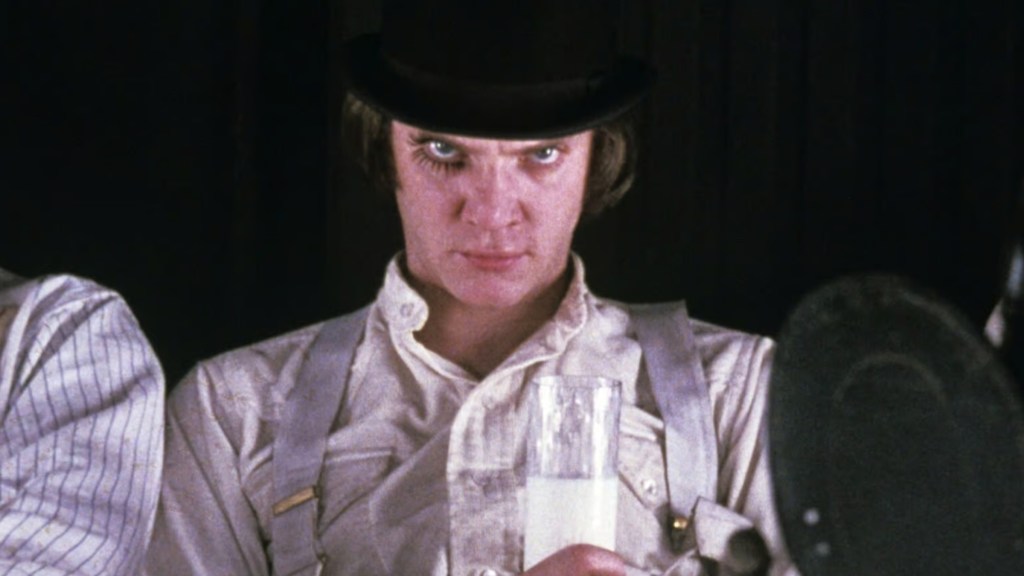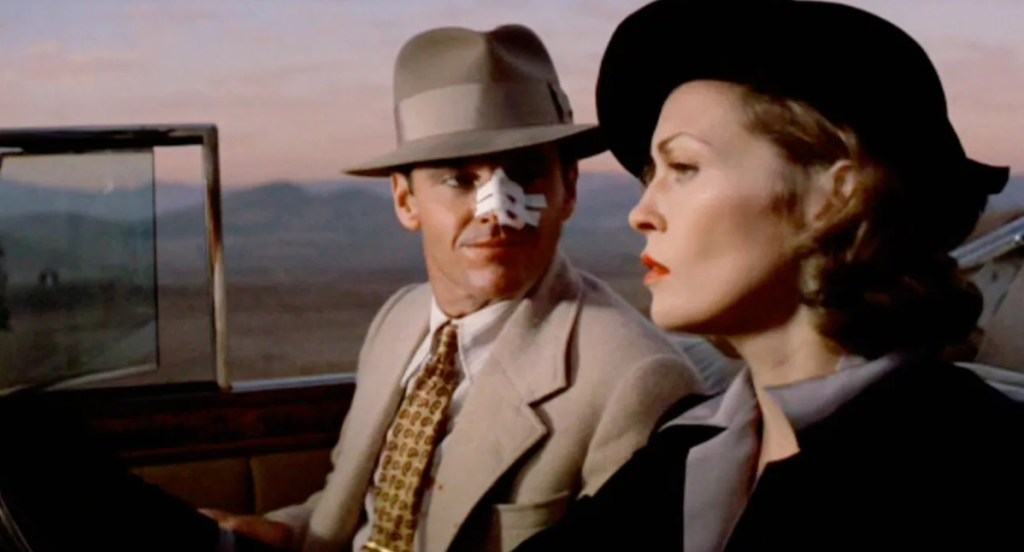7 Movies That Inspired Christopher Nolan’s The Dark Knight

Christopher Nolan’s The Dark Knight isn’t just a great superhero film; it’s a landmark crime thriller that changed blockbuster filmmaking forever. Gritty and operatic, grounded and mythic, it captured the chaos of Gotham through an auteur’s eye. But Nolan didn’t build this version of Batman in a vacuum. He pulled directly from cinema history to create a world where a man dressed as a bat could be a realistic hero in a city plagued by corruption.
Some of these movies Nolan screened for the cast and crew of The Dark Knight before shooting. Others shaped casting decisions, performance approaches, and even Gotham’s architecture. These six films (and one TV series) helped define the tone, stakes, and emotional weight of arguably the most iconic superhero film of the 21st century.
1) Heat

The most obvious influence, Michael Mann’s Heat, was Nolan’s atmospheric and architectural blueprint. He screened the film for his cast and crew before shooting so that they could get a sense of the scale. In an interview with GQ, Nolan said, “Heat was very much an influence … [Mann] understands the grandeur of a city and how it can become a kind of epic playground.”
The parallels are everywhere, from Joker’s daylight bank robbery to the iconic interrogation scene. The duality between Batman and the Joker mirrors the tension between Pacino’s cop and De Niro’s thief, locked in a philosophical war across a vast city.
2) A Clockwork Orange

Stanley Kubrick’s A Clockwork Orange was one of the first references Nolan and Heath Ledger discussed when developing the Joker. Ledger later said in a conversation with MTV News that Alex in A Clockwork Orange was “a very early starting point” for the character, adding that they ultimately moved away from the reference.
Still, the influence is apparent in the film: the Joker’s theatricality, his sadistic sense of humor, and his hypnotic cadence all echo Malcolm McDowell’s Alex. Both characters turn ultraviolence into entertainment and just want to watch the world burn.
3) Cat People

One of Nolan’s more surprising reference points during production was Cat People, Jacques Tourneur’s gothic noir horror film about a woman who believes she turns into a panther when aroused. It might seem like an odd pick for a Batman influence, but its atmosphere is deeply relevant.
The film’s shadowy visuals, psychological tension, and sexual undercurrents mirror the noir touches Nolan added to Gotham. In The Nolan Variations, author Tom Shone notes that Nolan screened Cat People for the crew to help lock in the tone. The gothic dread, after all, is what so many fans and critics alike loved about this version of Batman.
4) Thank You for Smoking

In addition to the Joker references, Nolan directly cited Jason Reitman’s satirical drama as a touchpoint for Harvey Dent. In The Nolan Variations, it’s said that the director admired the way Thank You for Smoking turned a smooth-talking lobbyist into a likable, conflicted figure, perfectly capturing public persuasion and power.
Additionally, Aaron Eckhart was cast as Harvey Dent after Nolan saw his performance in Thank You for Smoking. According to Wired, Nolan reportedly said he wanted someone who could be both personable and mask darkness beneath charm, traits Eckhart displayed as Nick Naylor.
5) Chinatown

Gotham in The Dark Knight isn’t just a city, it’s a broken system, and a microcosm that represents real world corruption. That idea owes a great deal to Chinatown, Roman Polanski’s noir about corruption so deep that it poisons everything it touches.
Nolan has named Chinatown as a major cinematic favorite on numerous occasions, and Gotham shares its DNA: systemic rot, tragic heroism, and the idea that some truths are so damaging they may never be exposed. Batman and Gordon’s choice to lie at the end parallels Jake Gittes’s moral disillusionment.
6) Blade Runner (1982)

The neo-noir future of Blade Runner also helped shape Nolan’s approach to Gotham City. Talking with BFI, Nolan described Blade Runner as genre filmmaking that’s philosophically rich and visually immersive, an approach he borrowed for his Batman trilogy. Ridley Scott’s film also likely influenced Wally Pfister’s cinematography in The Dark Knight, each using towering skyscrapers, constant rain, and washed-out neons.
Both the visuals and the moral ambiguity of Blade Runner resonate throughout TDK. Batman, like Deckard, questions the line between hero and villain.
7) The Wire

Yes — it’s a TV show and not actually a film, but The Wire had a clear influence on the tone and structure of The Dark Knight. On the Happy Sad Confused podcast, Co‑writer Jonathan Nolan (Chris’ brother) has confirmed that watching The Wire played a significant role in reorienting the sequel’s vision around realism and institutional complexity.
Jonathan added that the HBO drama’s “fully naturalistic world” was something they wanted to evoke in Gotham; a city where every beat “feels plausible and real, keenly observed and naturalistic, but by the end, you’ve seen a Greek opera.”
The Dark Knight is currently available to stream on Hulu and Prime Video.




